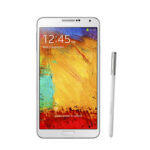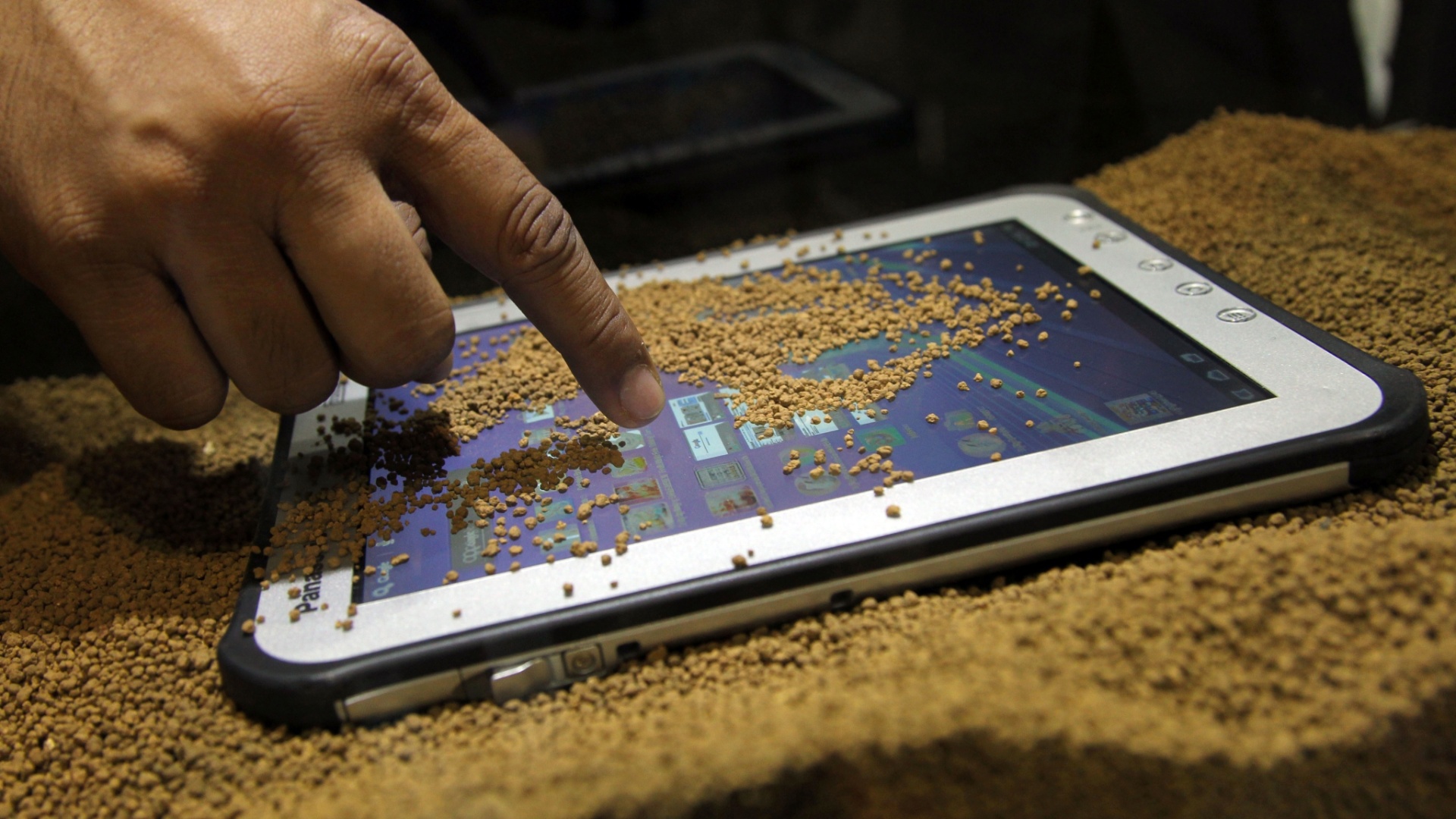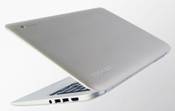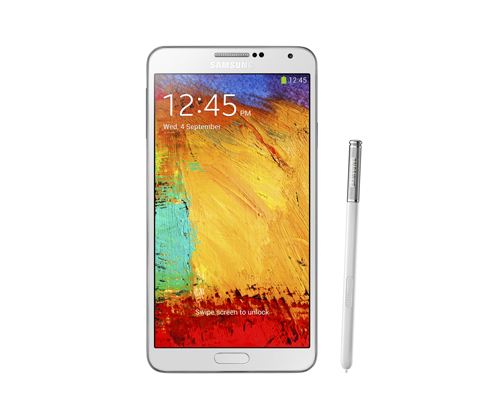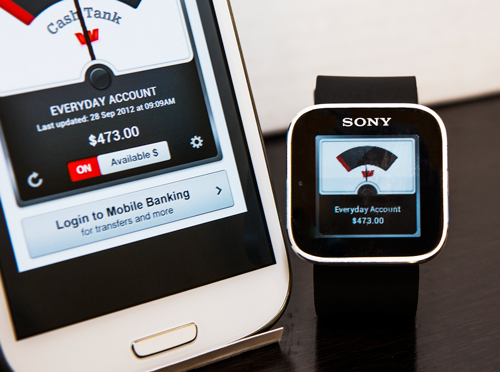Caring business, smart IT
Allan Sargeant is well aware that caring for older people takes heart as well as a new level of management skills, not much required back in the day. Jackie Russell […]
Allan Sargeant is well aware that caring for older people takes heart as well as a new level of management skills, not much required back in the day. Jackie Russell looks at the technology that accelerated the family business into the modern era.
The tough reality is New Zealand’s population is ageing, the need for high-level care facilities is out-stripping supply and people are living longer with increasing health complications.
Mum and dad owners of private hospitals and rest homes face the challenge of shaping up or shipping out as regulations raise the management bar and residents require more complex care.
Many small homely facilities are no longer viable, which has driven businesses such as Ambridge Rose Manor Private Hospital and Rest Home to grow ‘like Topsy’ in the past decade.
Owners Allan and Linda Sargeant went into the aged care business because they enjoyed working with older people but it soon became clear the little 18-bed home wouldn’t meet the increasing demand for high-level care.
Neighbouring properties were bought, buildings extended and more staff employed – all pushing the Auckland couple to develop management skills and systems to cope with rapid growth.
The current 104-bed home on the tidal banks of the Tamaki Estuary, in Pakuranga provides high-level residential and respite care for older people.
“When we started out our residents lived in the rest home for a number of years and we were one big family,” says Sargeant. “Some of our original residents are still with us but now many residents transfer from hospital to our care and the reality is they may be near the end of their lives and only stay for a short period.”
Managing increased resident turnover and greater healthcare requirements demanded better systems. Allan Sargeant is a self-confessed gadget geek and ramped up IT was the obvious solution to managing in-depth recordkeeping required by DHBs. Any system also had to ensure vital healthcare information was accessible and alerted lead staff when there was a potential problem.
Limited aged carefunding of small rest homes has possibly restricted R&D to developing essential healthcare services and the industry has slipped behind IT developments that are well established in other business sectors.
Hardcopy files remain standard practice in many aged care facilities and in 2010 Ambridge Rose Manor was one of the first independent facilities in New Zealand to go digital.
New software had to be compatible with data collection systems used by International Resident Assessment Instrument (interRAI), the international collaborative of scientists and clinicians that aims to improve the quality and efficiency of care and services to older and disabled people.
interRAI compatibility
More than a decade ago New Zealand’s government became involved with interRAI and started collecting data from home and community care situations.
Healthcare workers manually record needs assessment information and the system became mandatory in all home-based care assessment in June 2012.
After a successful pilot the Ministry of Health (MoH) announced interRAI will be extended to all aged care residential facilities and mandatory by July 1 2015. Now, the race is on to develop compatible patient management software.
“I was part of a MoHinterRAI group that evaluated two software products. The ministry’s IT developer that was already providing the home-based assessment software won the contract to develop the residential aged care system.”
A carrot was waved in front of all providers to adopt the system provided by the MoH contractor but Sargeant opted to wait and continue using his tailor-made software designed by Australian company Leecare Solutions.
The trans-Tasman business is owned and operated by registered nurses for registered nurses and in 2010 founder Caroline Lee made a commitment to Sargeant that Leecare software will have interoperability with interRAI assessments, which is now a reality.
The latest development is a one-stop-shop patient management software system that allows staff members to enter information once and securely share records with all professional staff.
Sargeant is test driving the software and initial use is streamlining data entry and improving the service professional caregivers provide to those unable to manage their own healthcare.
The clinical software evolved from a desktop server system, into a web-based, open source platform that Sargeant can access from his office or the garage when he’s stripping down boat parts.
“We can instantly see staff messages, resident progress notes, overdue progress notes and it gives us alerts.”
Management can see a snapshot of what’s happening at Ambridge Rose Manor at any time.
Computer terminals were installed at every nurse’s station and the entire system was networked. All healthcare tasks are monitored and alerts immediately identify unresolved issues, such as, infections, weight guidelines and more.
When a hardcopy file system was used it was impossible to determine what happened with every resident every day and manual spot checks were the only way to identify problems.
The complete online-real-time integration is easily monitored by management and the facility’s doctor can access resident healthcare data from his surgery or home office.
“When he is on his rounds he has a laptop that accesses the Wi-Fi connection from anywhere in Ambridge Rose Manor.”
Hot-off-the-developer’s-desk is an interRAI icon on the Leecare dashboard that will allow Sargeant’s interRAI trained staff to immediately enter data electronically while assessing residents.
Getting staff up to speed with the new assessment tool requires training which is expected to be easy because they’ve used Leecare software for three years. Once training is signed off Ambridge Rose Manor will quickly comply with MoH requirements.
Real-time information
By 2015 about 700 residential aged-care providers nationwide will use just one standardised assessment tool. Using an online patient management system means residents and their guardians should not need to repeatedly provide information, which is particularly useful for rotating respite care residents.
“We have real-time information at our fingertips and we simply re-admit them when they come back. We have their spouse’s name, what they do or don’t like to eat and we don’t have to ask all of the questions again. All we need to do is confirm that the data is correct and there are no changes.”
Further applications include a billing function and medication management system, and Sargeant aims to be the first private provider in New Zealand to use it.
Managing prescription medication is the next step for IT development. With the new computerised system the doctor will enter prescriptions online and new software will track and trace every step.
“The system will tell staff when medication is due, when out-of-round medications are due, which medications haven’t been administered during a round and comments, and there will be alerts,” says Sargeant.
In the past manual audits were carried out to check for compliance and there was limited ability to check if staff had followed medication instructions.

